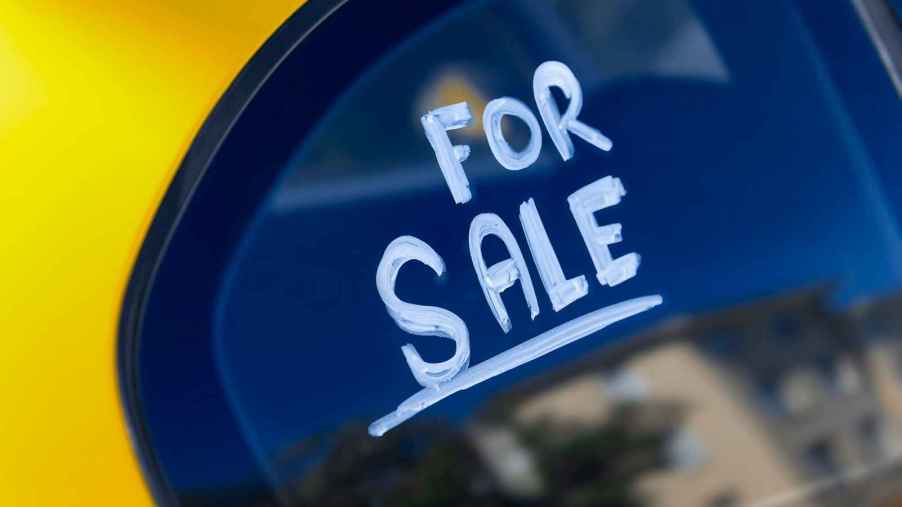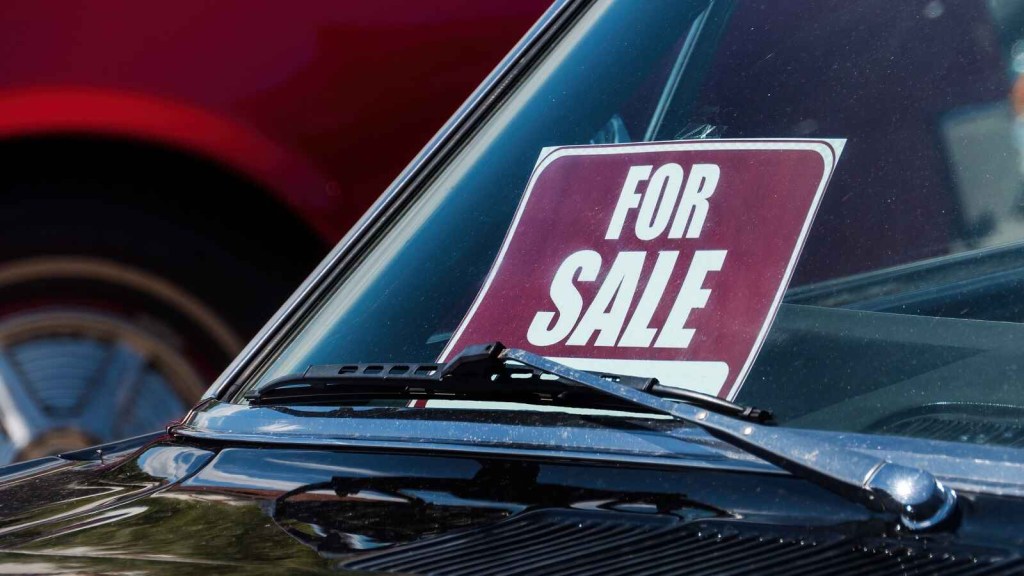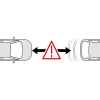
How to Sell Your Car Yourself
Trading in your used car can be the quickest way to move on from your ride. However, it comes with disadvantages. Mainly, trade-in values always leave room for the dealership to turn around and sell your car for a profit. I’ve been a licensed car salesperson for years and have been on both sides of transactions dozens of times. Here’s how to sell your car yourself so you get the most out of your car’s market value.
These are the steps to selling your car on your own:
- Prep the car
- Get good photos
- Determine an asking price
- List it for sale on free platforms
- Let people look at the car in person
- Agree on a sale price
- Arrange payment terms
- If you don’t have a car loan, complete the title work
- Cancel your car insurance
Steps to prep and list your car
In my opinion, a really clean car sells faster than a grimy one. At a minimum, pick up trash, vacuum, and wipe down the surfaces. If the seats are fabric, consider washing them. You can use a tiny amount of laundry detergent in a bucket of warm water with a clean towel to wipe them down, too. Run the car through the car wash – a basic $8 package will get the job done fine.
Taking great photos of the car also goes a long way. I include the front, back, and side angles of the exterior. For interior views, take one of the driver’s cockpit with the left front door open, plus shots from each seating area, giving folks a good idea of the passenger experience. Take a direct shot of the whole dashboard, as well as the odometer reading in close view. Add in a close shot of a wheel with the tread to show rim style and thread life. Don’t forget the trunk.
Mainly, I’ve used Facebook Marketplace and Craigslist, which are free. For the listing details, folks are interested in a few main points. They want to know the mileage and whether the car is fully functional. Specify that the air conditioning, radio, windows, sunroof, etc. all work. They also want to know whether the vehicle has been well cared for. Mention any ongoing or large expenses that you’ve already handled for the new owner. Be friendly and approachable in the ad copy.

Steps to sell your car once a price is agreed on
Once you have a buyer and an agreed-upon price, you’ll need to complete some administrative steps.
If you don’t have a car loan, and the buyer won’t need a loan, it’s pretty straightforward:
- Get cash or a cashier’s check for the vehicle. Avoid personal checks or any method that doesn’t guarantee the payment.
- Fill out the paperwork. Create a bill of sale for your records. You can find templates online. Fill out the seller’s portion of the car title. If your state is a notary state, you’ll need to find a local notary to witness your signature. Don’t sign the title unless you are sure you don’t need a notary public. The seller’s section will include the sale price, the current odometer reading, and your address. The seller will handle the rest when they go to the BMV to transfer the title to their name.
- Take off the license plates and remove any personal items.
- Release the car to the buyer. Don’t forget to cancel your car insurance coverage on the car you no longer own.
If you have a lien, it can get a little tricky:
- If the buyer is also getting a loan, their loan officer will handle your lien payoff and title work. Simple!
- If the buyer is not getting a loan, contact your lienholder and work through the payoff and title process with the buyer so everyone fully understands the steps.
- Generally, the buyer can wire transfer the payoff amount. If there’s a local branch, they can handle the transaction there.
- If the sell price is more than the payoff terms, the buyer will need to provide the additional funds to you directly.
- Create a bill of sale for recordkeeping for both parties, especially if the sale price is more than the car loan payoff. You can find free templates online.
- Your lienholder will send the title to the buyer once the payoff is confirmed.
- You can release the car to the buyer once the lienholder approves and you’ve secured any excess funds.
- Be sure to remove the license plates and any personal items.
- Remember to cancel your car insurance coverage on the sold vehicle.
When you sell your car yourself, the whole process can take days or weeks. If you want to get the most out of the car’s market value, this is the way to go.





